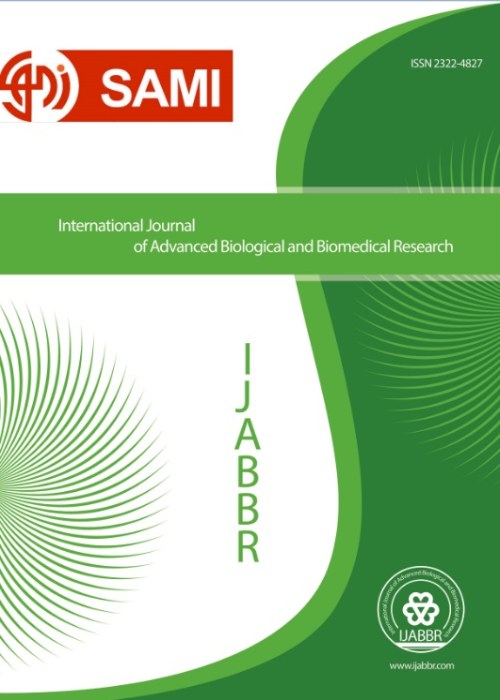Adult Hippocampal Neurogenesis and Memory
Adult neurogenesis, a concept emergent in the late 1990s, is the generation of new neurons in the adult brain. This process occurs thank to cells who have this proliferative feature, named as Neural Stem Cells (NSCs). Neural Stem Cells (NSCs) are primary progenitors who can generate the two neural types (neurons and glia). Classically it was assumed that NSCs are only present in the embryo, but today it is extensively known that are also present in the postnatal and adult brain, although the majority were found in embryo stage. According with Merkle et al. 2006, these cells are characterized by the following features: 1. They come from glial cells, 2. They are related linearly between adult and embryonic cells (since they are transformed from neuroepithelial cells to radial glia, and then they show astroglial cells characteristics), and 3. These cells are divided essentially asymmetrically leading to another intermediate progenitor (IPC) as a parent, and sometimes divided symmetrically, to increase the progeny (Ortega Martinez and Trejo, 2015). Meanwhile, intermediate progenitors (IPCs) are always divided symmetrically to amplify the number of progeny dividing (Merket et al., 2006). These symmetric divisions are an important determinant of the brain size, so those species with larger brains have a larger pool of intermediate progenitors (Marshall et al., 2005). These cells, in adults, are mainly found at the subventricular zone (SVZ), adjacent to the lateral ventricles and at the dentate gyrus (DG) of the hippocampus, known like subgranular zone (SGZ) the ‘imaginary line’ below granular zone of DG where these cells are found (see Fig. 1). However, there are evidences of the existence of these cells elsewhere in the adult brain, including the cortex (Feliciano et al., 2012) or the hypothalamus (Lee et al., 2012). These precursor cells are quiescent (usually non-dividing) that can be divided into different stimuli. When this happens, there are two possibilities; A) their division generates intermediate progenitor cells (IPC), which then gives rise to neurons; B) whereas if they come from astroglial progenitors, the result will be the generation of glial. The process of formation of neurons through intermediate progenitors is a longer process, as there are different types of intermediate progenitors known as 2a, 2ab, 2b and type 3 according to their stage of development and expressing markers, whereas astroglial progenitors have comparatively a lower proliferative capacity. However, intermediate progenitors send numerous processes before being symmetrically divided, motivated by local sensing factors (Noctor et al., 2004). The NSCs don’t only come from the nervous system but can be derived from embryonic stem cells (ES cells) or reprogrammed fibroblasts (Wernig et al., 2008). Different kinds of neural progenitor/stem cells basis have been established on their characteristics. There are two different populations known like: neural stem cells which show glial characteristics (Radial Glia Cells, RGLs), and intermediate progenitors (IPC). The latter are also divided into other types (2a, 2ab, 2b, 3). The classification of these cells and the markers used to identify them has created much controversy among scientists. However, there is a large consensus that the astrocytic NSC have many features, such as the expression of glial fibrilar acidic protein (GFAP), which has made us change our perception of glia (Merkle et al., 2006). Other studies (Kempermann et al., 2003) support the interpretation that radial astrocytes have a role as primary progenitors.
- حق عضویت دریافتی صرف حمایت از نشریات عضو و نگهداری، تکمیل و توسعه مگیران میشود.
- پرداخت حق اشتراک و دانلود مقالات اجازه بازنشر آن در سایر رسانههای چاپی و دیجیتال را به کاربر نمیدهد.


